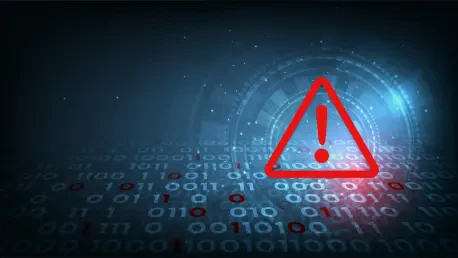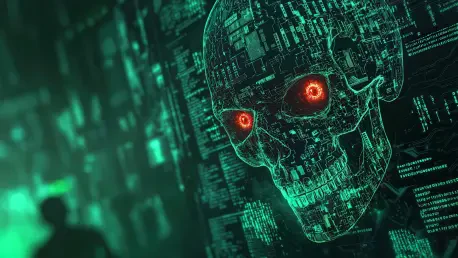
In the digital realm where cybersecurity once primarily focused on safeguarding data and networks, another formidable threat has re-emerged with renewed complexity: hacktivism. Originating in the 1990s, hacktivism served as a form of digital protest against authoritative entities, employing tactics

In the current digital landscape, organizations face increasingly complex and persistent cyber threats that demand proactive and intelligent security measures. As cybercriminals continue to refine their tactics, the potential for damage from cyber attacks has never been higher. This evolving threat

Supply chain breaches are occurring with alarming frequency, impacting industries globally. Imagine a bustling port where thousands of containers are temporarily frozen in place due to a cyberattack. This pause threatens not just the shipping schedules but also the economic lifeline for numerous

The pursuit of stronger and more adaptive cybersecurity measures has led many organizations to explore zero trust architecture (ZTA) as a promising solution. This approach deviates from traditional security models that mainly focus on perimeter security, thus better tackling contemporary challenges

Today's digital landscape has seen an increased reliance on remote access tools and Internet of Things (IoT) devices within corporate environments. While tools like TeamViewer and AnyDesk enhance productivity by facilitating seamless operational processes, they inadvertently introduce security

In a scenario where digital networks instantaneously vanish due to unforeseen catastrophes, how would society persist in communicating effectively with one another? The ongoing dependency on conventional telecommunications underlines an urgent necessity for alternative solutions. As natural